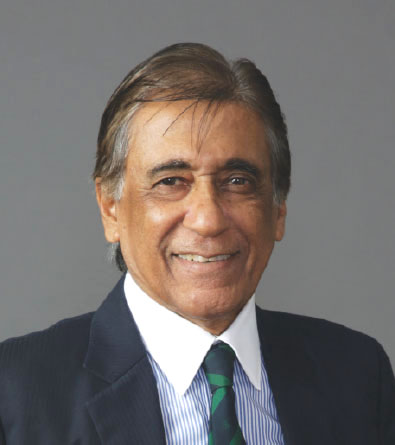
Even as the Great leader and the acclamatory establishment, including academics who should know better, are predicting best days ahead for the Indian economy which is all set to emerge as the world’s third largest — never mind population advantage and pathetic per capita income data — the country seems to be oblivious that the ground is slipping under its feet.
Over 12 million children and youth are streaming out annually from schools and colleges without having learned to read and write properly. The latest Annual Status of Education Report (ASER) 2023 of the highly-respected, independent Pratham Education Foundation says the majority of 14-18 year-olds graduating from rural schools can’t read class II textbooks in their vernacular languages or calculate discounts and percentages. And 42 percent can’t read simple sentences in English, the language of business, commerce and the courts. Yet despite your editors continuously blowing the whistle about poor learning outcomes in the vast majority of the country’s neglected education institutions, there’s little visible urgency about addressing this vital issue.
In the latest Union budget presented to Parliament and the nation on February 1, the Central government’s outlay for public education inched up from Rs.1.12 lakh crore last year to Rs.1.20 lakh crore in 2024-25. As a percentage of GDP, it fell from 0.37 to 0.36. Admittedly, most of the spending on education is done by state governments. But added together, the national expenditure for public education is unlikely to exceed 3 percent of GDP against the minimum 6 percent recommended by the high-powered Kothari Commission way back in 1967. The plain truth is that because of weak foundational and primary-secondary education dispensed in the country’s dilapidated public/government schools, the majority of India’s college and university graduates can’t match up to their counterparts in developed OECD and South-east Asian countries. This explains the low productivity of Indian industry, agriculture and services and the country’s widespread poverty and misery.
Be that as it may, since our whistle-blowing has limited impact, this time round we invited Sridhar Rajagopalan, Co-founder and Chief Learning Officer of Educational Initiatives (estb.2001), a successful Bengaluru-based K-12 learning outcomes assessment and institutional development company, to write a diagnosis and prescription for the infirmities of India’s primary-secondary school system. The result is an engaging lead feature written from an education professional’s perspective that is mandatory reading for all education policy formulators and school leaders and educators.
As usual, there’s a big bouquet of features and news features in this issue of EW. Check out our editorials and columns written by intelligent commentators and educators, as also our Education and International News sections. Lots of food for thought in them.























